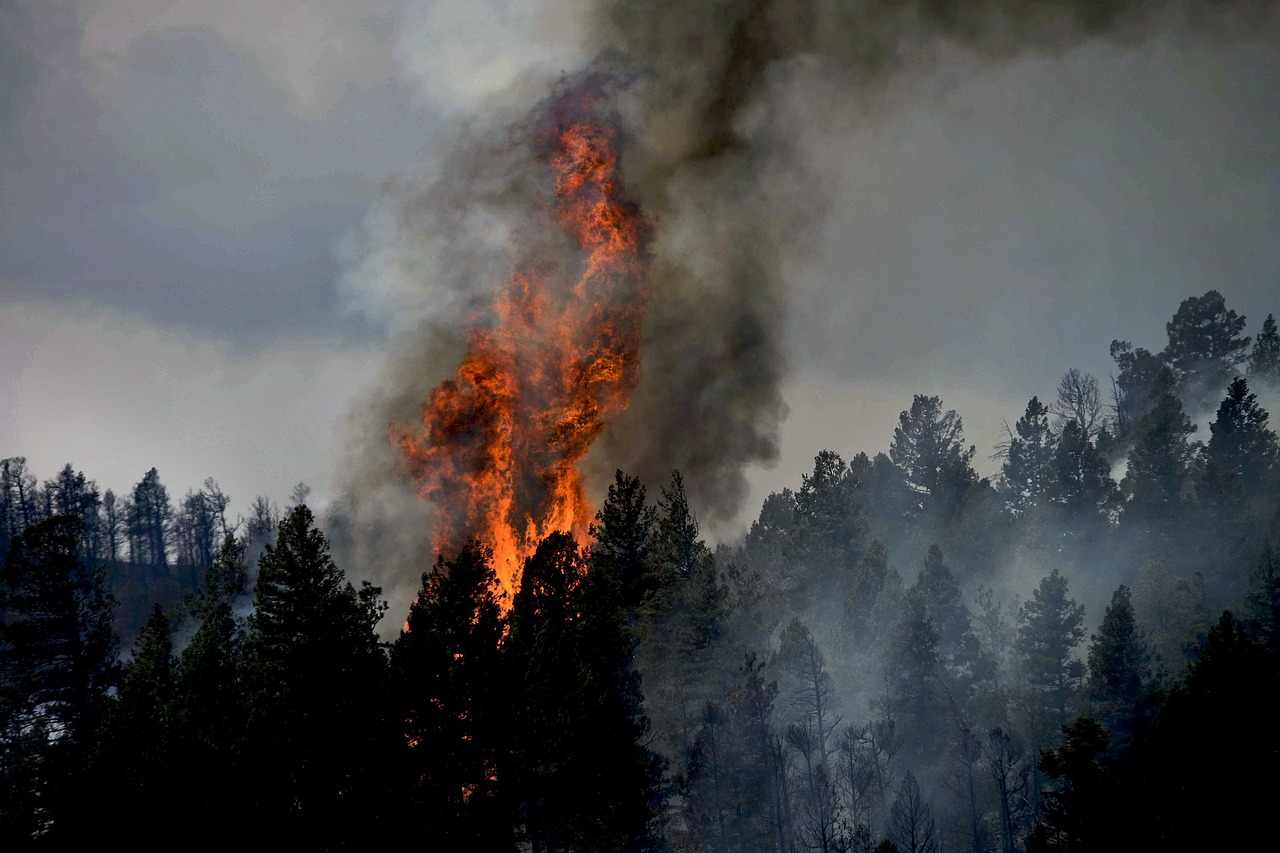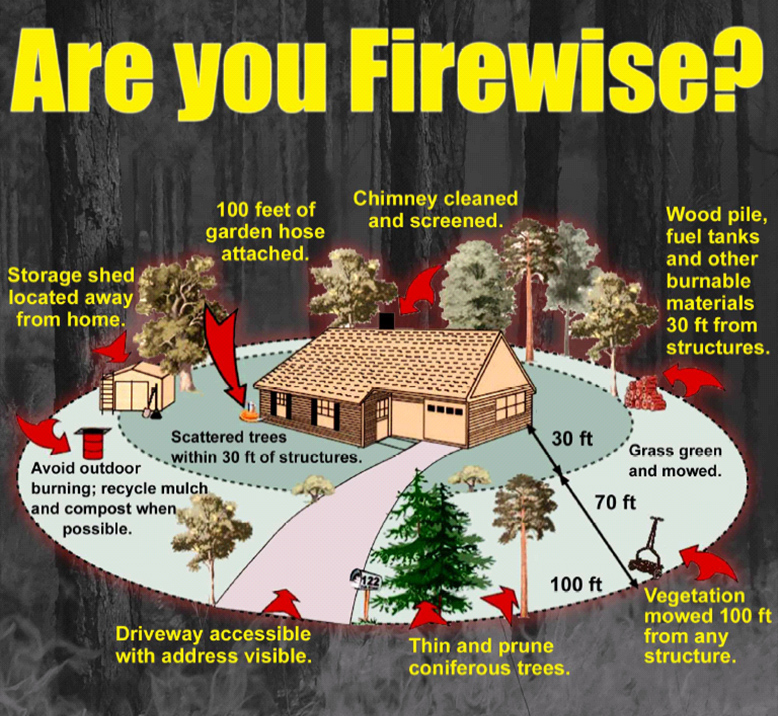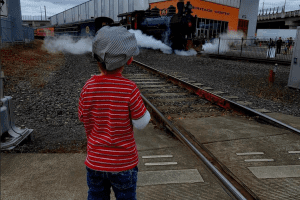
Ways You Can Help Stop Wildfires at Home
Wildfires can pose a significant threat to homes and communities, especially in regions prone to dry and hot weather conditions. As responsible homeowners, it is essential to take proactive measures to stop wildfires before they start.
**CAMPFIRES ARE BANNED FOR THE SEASON AT MANY CAMPGROUNDS
This guide will explore various ways you can prevent wildfires at home. From creating defensible space to practicing fire safety, these steps will help safeguard your property and contribute to a safer environment.
1. Create Defensible Space
One of the most effective ways to stop wildfires from reaching your home is by creating a defensible space around your property.
- Clear flammable vegetation, dead leaves, and debris within at least 30 feet of your home’s perimeter.
- Trim tree branches that hang over your roof or are close to your home.
- Keep the lawn well-watered and mowed to reduce fire fuel.

2. Fire-Resistant Landscaping
Landscaping with fire-resistant plants can create a natural barrier against wildfires. “Wildfire-Resistant Landscaping.”
- Choose fire-resistant plants, such as succulents, deciduous trees, and ground covers with high moisture content.
- Maintain proper spacing between plants to prevent fire from spreading easily.
- Replace highly flammable plants with those that are less likely to ignite.
3. Safe Fire Practices
If you enjoy outdoor activities that involve fire, follow safe fire practices to prevent potential wildfires.
- Build fires only in designated fire pits or areas, and never leave them unattended.
- Completely extinguish the fire with water before leaving the site.
- Avoid starting fires on windy days or during dry conditions.
4. Proper Disposal of Smoking Materials
Improperly discarded smoking materials are a common cause of wildfires. “Wildfire Prevention Tips.”
- Use proper ashtrays or designated containers for disposing of cigarette butts.
- Never throw cigarette butts out of moving vehicles or into vegetation.
5. Maintain Equipment and Vehicles
Sparks from machinery or vehicles can easily ignite wildfires.
- Regularly maintain equipment and vehicles to prevent sparks.
- Avoid using machinery or vehicles in dry, grassy areas during high fire danger periods.
6. Educate Your Family and Community
Spread awareness about wildfire prevention to your family and community.
- Educate your family members about fire safety and the importance of responsible fire behavior.
- Encourage your community to establish Firewise practices and emergency preparedness plans.
Frequently Asked Questions (FAQs)
- What is defensible space, and why is it essential in wildfire prevention? Defensible space is a zone around your home where vegetation and flammable materials are cleared to reduce the risk of fire spreading to the house. It is essential as it creates a buffer that hinders the wildfire’s advance.
- How do fire-resistant plants help in preventing wildfires? Fire-resistant plants have a lower likelihood of igniting and contribute to creating a fire-resistant landscape that can act as a barrier against wildfires.
- Can controlled burns be used as a wildfire prevention method at home? Controlled burns can be used in certain situations under expert guidance to reduce fuel loads and prevent potential catastrophic wildfires.
- Is it safe to have a bonfire in my backyard? Bonfires can be risky if not properly managed. Ensure you have a designated fire pit, keep it small, and always supervise the fire until it’s fully extinguished.
- How can I involve my community in wildfire prevention efforts? Organize workshops, community meetings, or events focused on wildfire prevention, and encourage neighbors to work together in creating Firewise communities.
- Can wildfires start from barbecue grills? Yes, wildfires can start from barbecue grills if not used responsibly. Always place grills away from flammable materials and ensure the fire is fully extinguished after use.
Conclusion
Preventing wildfires at home is a responsibility that every homeowner should take seriously. By creating defensible space, landscaping with fire-resistant plants, following safe fire practices, and being vigilant about proper disposal of smoking materials, you can significantly reduce the risk of wildfires in your community.
Education and community involvement are equally crucial in wildfire prevention efforts. Encourage your family, neighbors, and community to adopt wildfire safety practices and work together to create a safer and more resilient environment.
Remember, stopping wildfires starts with individual actions, but the impact extends far beyond your property. By taking these proactive measures, you contribute to protecting the environment, wildlife, and the safety of everyone around you.
ALSO READ:
Best Practices for Creating Defensible Space to Protect Against Wildfires
Best Ways to Put Out and Prevent Wildfires
Sources:
Fire Science core curriculum-Module 5 from OSU, and experience creating defensible space on the farm growing up.

